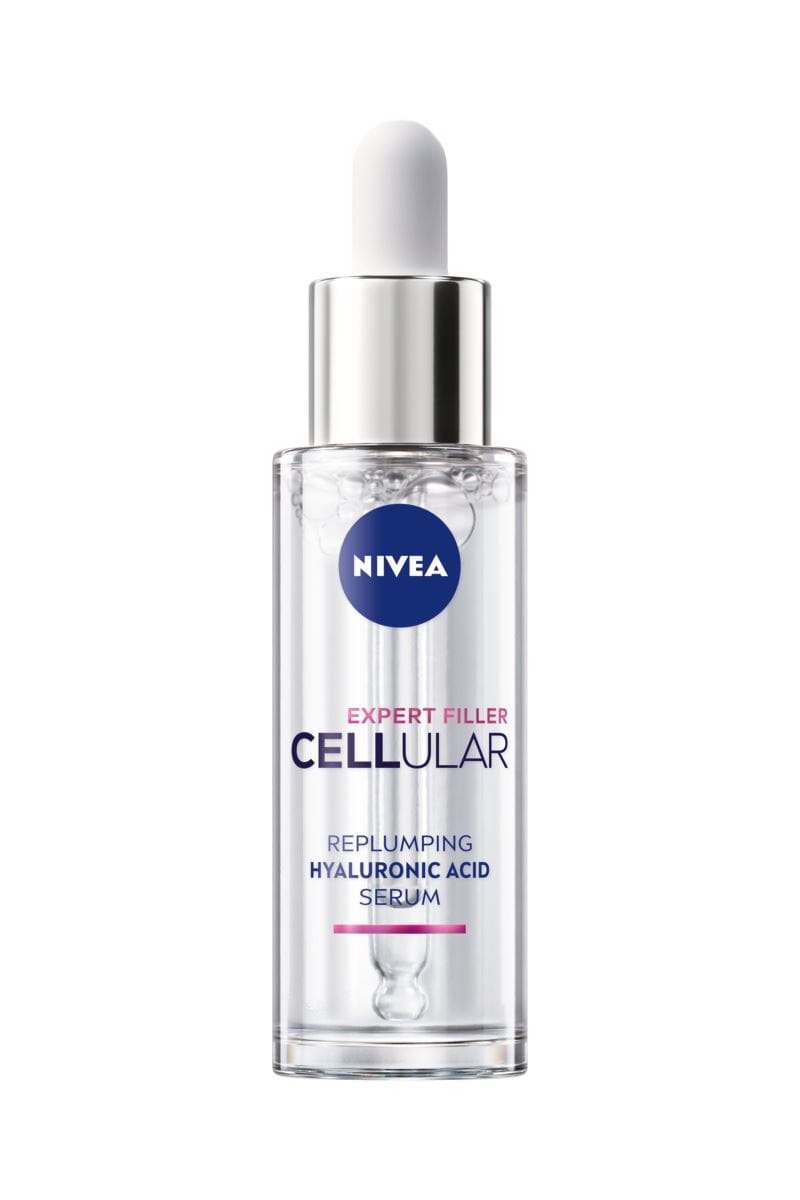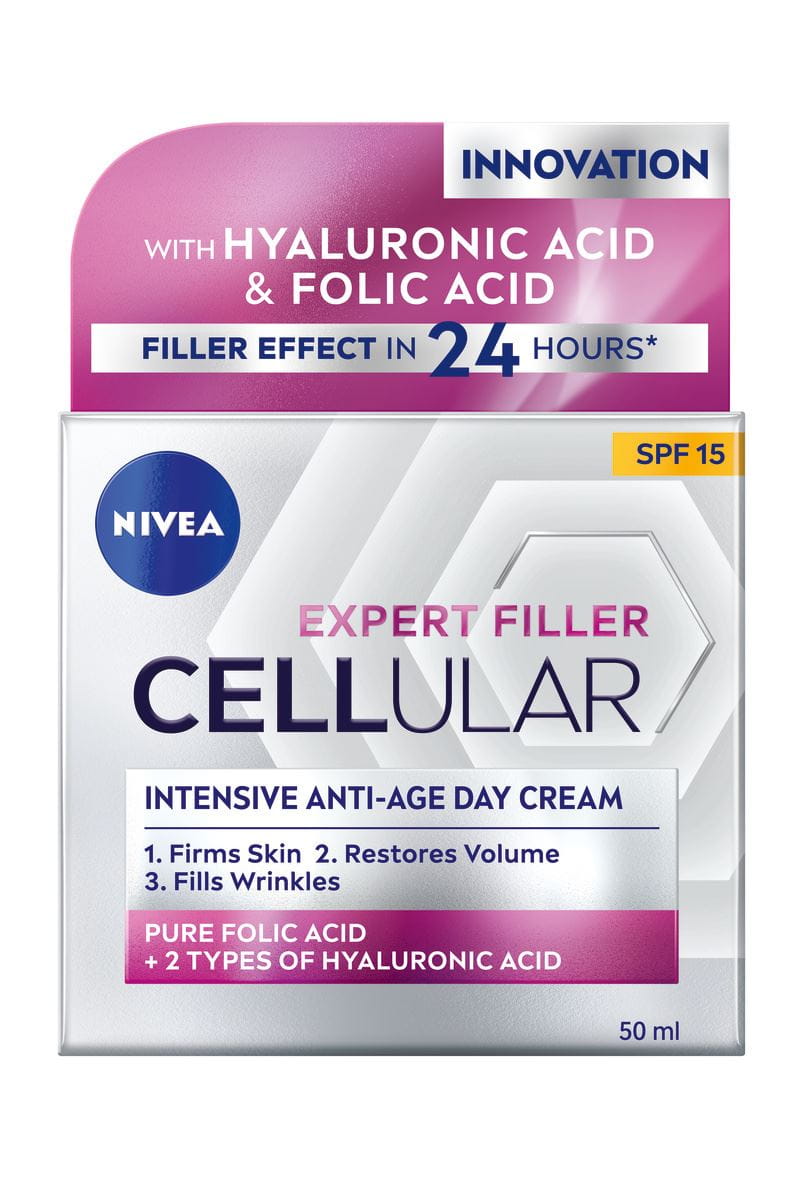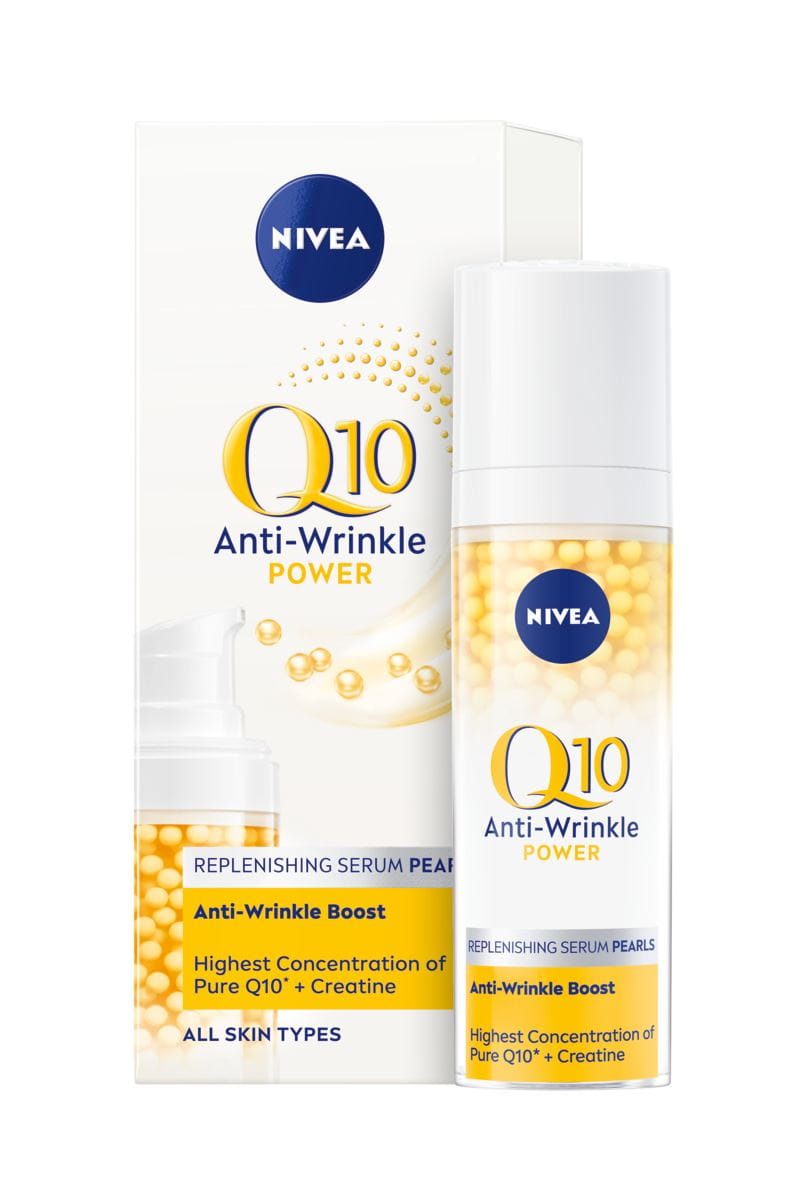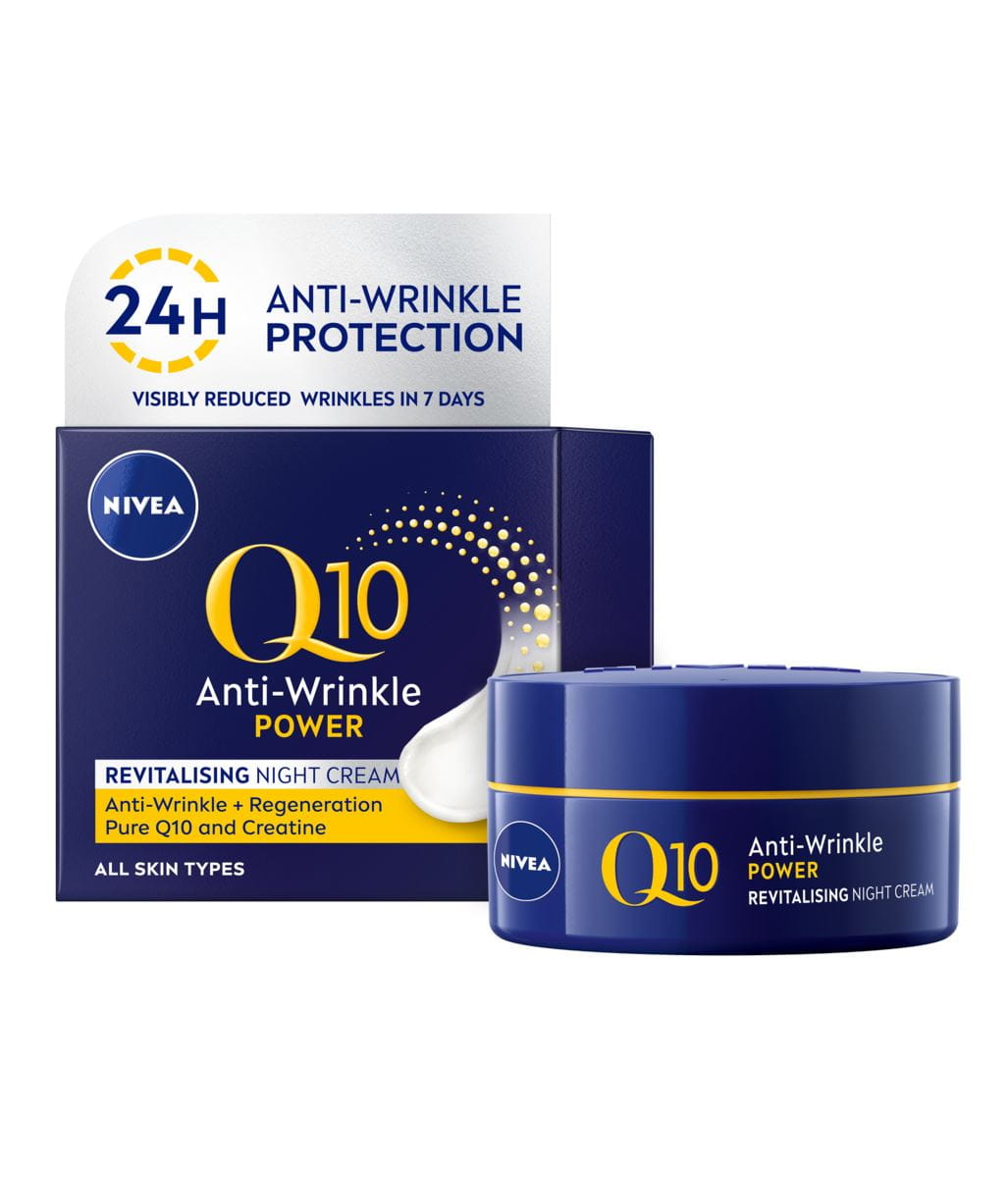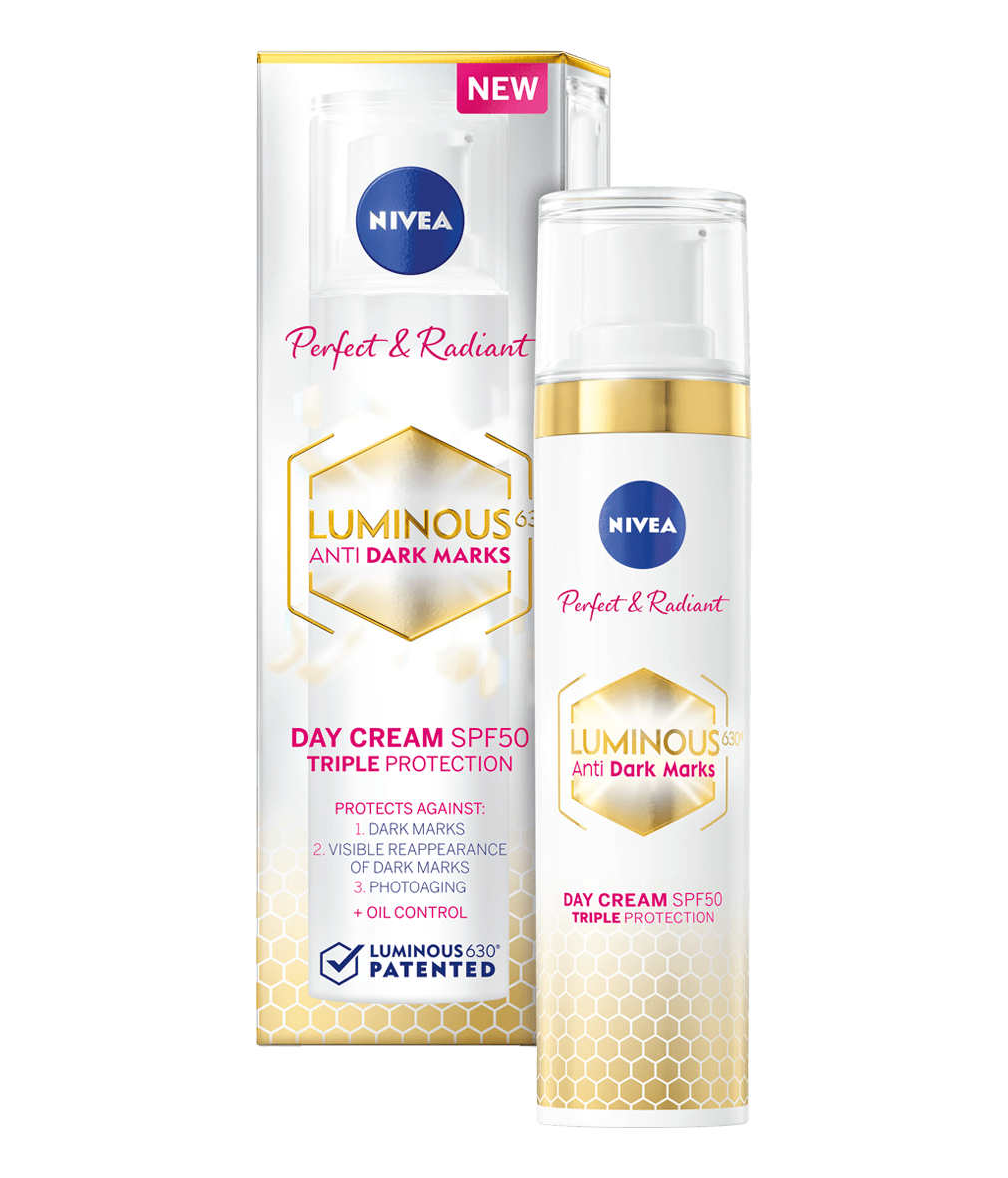Moisturisers and serums work in their own unique ways. That doesn’t mean they don’t function beautifully together, but it’s impossible to compare one with the other. They aren’t alike.
What does moisturiser do?
A moisturiser like your day facial cream helps hydrate skin, preventing water loss. They have ingredients that help with various skin conditions (like dryness or oiliness) but a moisturiser’s role is to act on the upper layers of your skin. In other words, the epidermis. The molecular structure is larger (because only the upper layers of skin are being conditioned) to seal and lock in moisture and nutrients.
Serums work deeper
Serum on the other hand works deeper in the skin. And instead of helping skin with its condition, its benefits are treatment. So, those dark marks you’re desperate to fade? Well, there’s a serum for that. And those lines and wrinkles you need help smoothing out? Again, a serum will help tackle those issues on a deeper level. It can infuse skin further down than a moisturiser can. To do this, it’s formulated with smaller molecules and is able to deliver a very high concentration of active ingredients to the water-based layers of your skin. These ingredients - like antioxidants, vitamins and essential fatty acids – treat your face. However, when you apply a serum (the order in which its used in your skincare routine) makes all the difference.
Why Timing is Everything: The Right Way to Layer Serum and Moisturiser
The general rule of thumb is the thinner the formula (the texture of the product), the sooner it’s applied to the skin. After cleansing your skin, your serum, with its smaller molecules and more fluid texture goes on first. Next up your moisturiser; your day facial moisturiser or in the evening, your night time cream. And if your serum is suitable for using twice a day, then yes, use it and your night cream. In other words, treat then condition your skin.
Your Skin, Your Serum and Moisturiser Match!
Decisions, decisions! Searching for the right serum for your skin means looking at what needs treatment. Then, work on your skin’s condition with the perfect balance of hydration for a healthy and happy skin barrier. Think about it this way:
My Skin is Losing Firmness & Volume: Plump it back up with active ingredients like Hyaluronic Acid, found in smaller molecules (to work deeper in your skin) in NIVEA Expert Filler Re-plumping Hyaluronic Acid Serum. Follow on with a moisturiser like NIVEA Cellular Expert Filler Intensive Anti-Age Day Cream SPF15 with another dose of Hyaluronic Acid as well as Folic Acid to help repair and de-age skin cells.
My Skin is Less Firm with Fine Lines: Give it some serious anti-wrinkle treatment overnight with co-enzyme Q10. This means it can build its own anti-wrinkle defence and regenerate skin while you sleep. Find this ingredient in NIVEA Q10 Anti-Wrinkle Power Ultra Recovery Night Serum. Next, apply NIVEA Q10 Anti-Wrinkle Power Revitalising Night Cream.
My Skin is Uneven with Age Spots: Every woman’s de-aging journey is different, and for so many South African, melanin-rich skin tones, dark marks become more of an issue with age. As well as dealing with unevenness, tighter and firmer skin is also top of mind. NIVEA Luminous630 Anti-Age & Spot Serum does all of this plus contains a collagen booster to help restore youth and fill deep wrinkles. Boost your dark mark support with a day cream that helps rejuvenate skin too, and keep skin protected from damaging UV rays. Your wisest match is NIVEA Luminous630 Day Cream SPF50.




